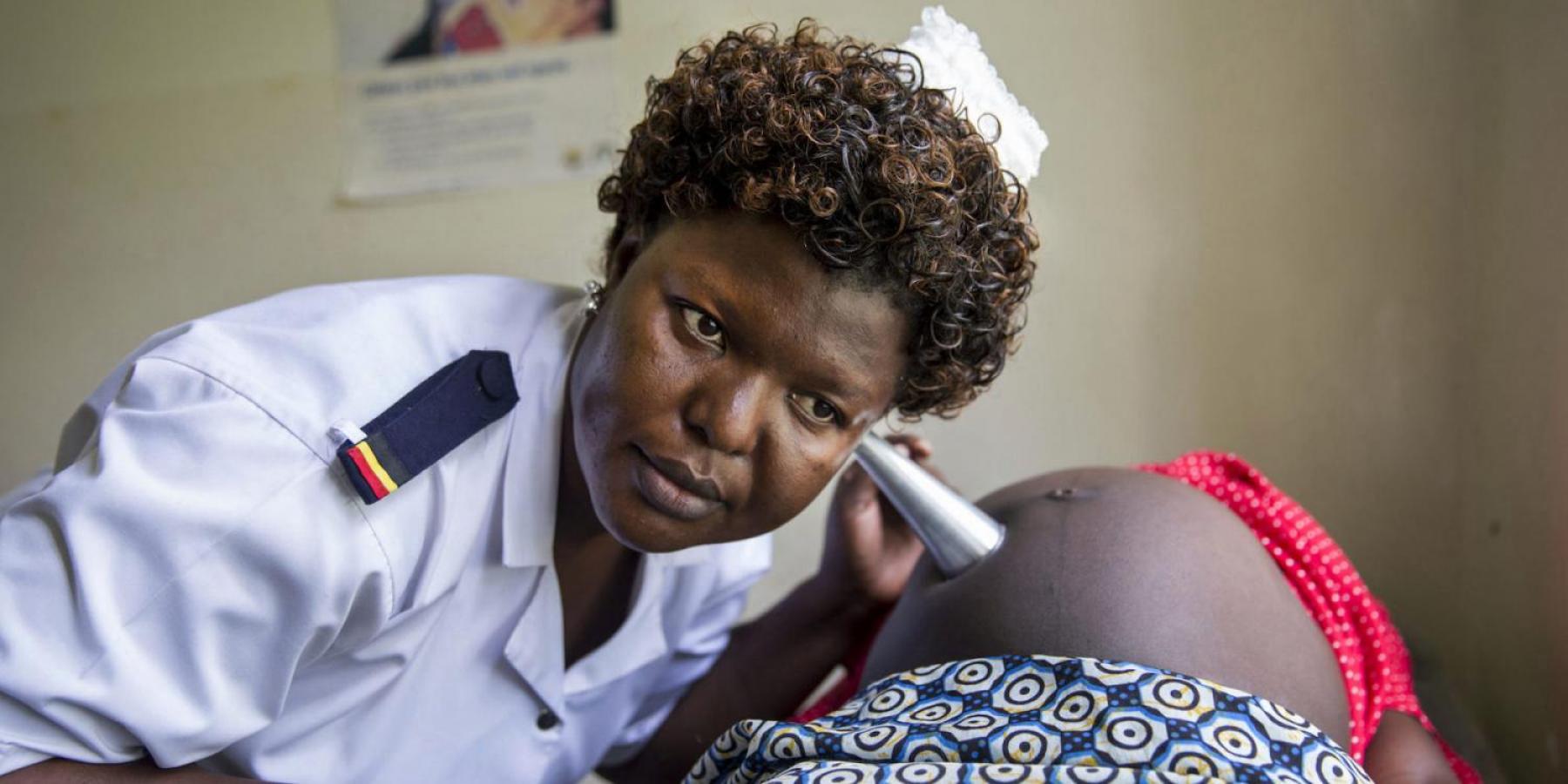Maternal death rates have stagnated as one million deaths projected by 2030
06th March 2023

06th March 2023
This year on International Women’s Day (8 March), a recently released WHO report shares both good news and bad. The good news: nearly all deaths due to complications of pregnancy and childbirth can be prevented. The bad news: since 2015, global maternal deaths have all but ceased to decline – at the current rate, more than one million maternal deaths will occur by 2030.
The report Trends in maternal mortality 2000 to 2020: estimates by WHO, UNICEF, UNFPA, World Bank Group and UNDESA/Population Division provides new global-, regional- and country-level maternal mortality estimates covering the period 2000 to 2020, with data on 185 countries and territories.
It reflects the great strides made towards eliminating preventable maternal deaths during the last 15 years of the Millennium Development Goals era (2000 to 2015), with Goal 5 focused specifically on improving maternal health and reducing maternal deaths. Many women saw the benefits of efforts aligned with this goal and maternal deaths dropped by 45% globally – with most of this reduction taking place since the year 2000.
But the report shows that between 2016 and 2020, the first five years after the SDGs were launched, the rate of maternal mortality reduction has stagnated. This means the world will fall short of SDG target 3.1, to reduce global maternal mortality to less than 70 maternal deaths per 100,000 live births by 2030.
At the current rate, the lives of more than one million women will be lost by 2030, nearly all of them in low- and middle-income countries (LMICs). Although only 13% of the world’s population live in least developed countries, 42% of all maternal deaths in 2020 occurred in them.
These lives can be saved if action is taken across sectors and in all LMICs to address the determinants that put mothers at risk. As the report outlines, this will take investment in our health systems and workforce, to provide the tools and training needed to deliver quality care.
The report also stresses the need to put an end to harmful gender biases where women’s health is a low priority, changing these for a new view in which all women are guaranteed quality care throughout their pregnancy as well as during and after childbirth. This care must be guaranteed to all women, but at present, large inequities persist both between and within settings with different levels of resources.
Finally, the report highlights that climate and humanitarian crises are destabilizing health systems around the world, hindering progress towards health for all people who use them. This calls for a whole-of-society approach that addresses these major problems together with health and gender.
Great advances were made to improve women’s health with the Millennium Development Goals, but as the report highlights, we must maintain these efforts to meet the desired results - an end to preventable maternal deaths everywhere.